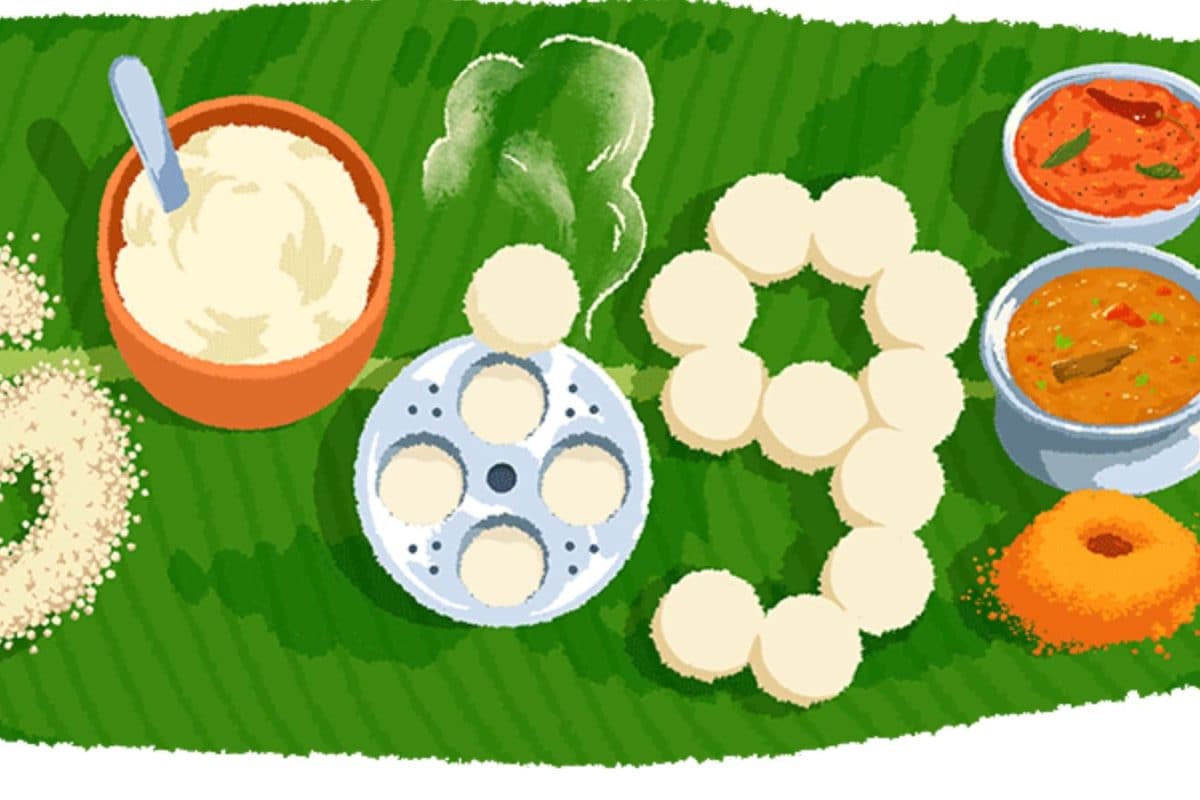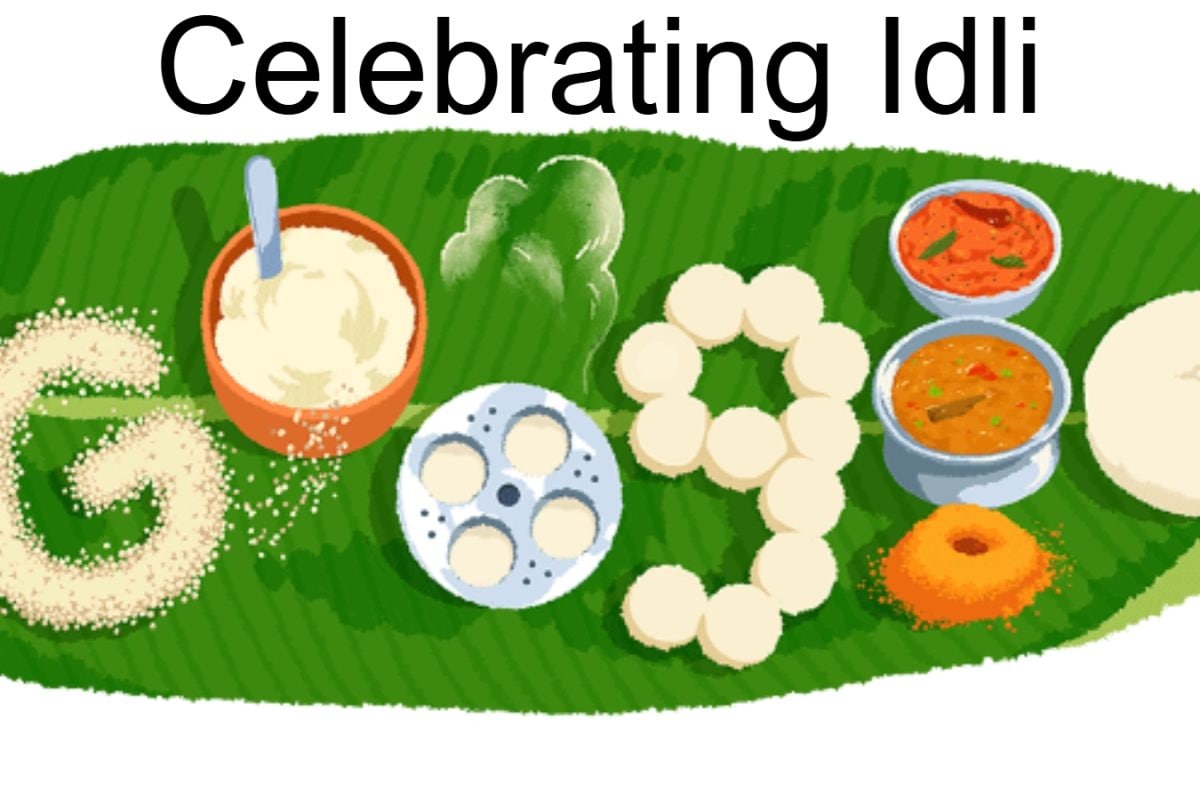Patience and Skill
Indian cuisine, celebrated globally for its diverse flavors and rich traditions, features a range of dishes that test the abilities of even the most seasoned
cooks. The preparation of certain foods demands an exceptional degree of patience, proficiency, and a deep understanding of culinary methods. This article spotlights six such challenging dishes, each presenting a unique set of obstacles and requirements. These dishes exemplify the pinnacle of Indian culinary expertise, revealing how time-honored recipes are meticulously executed to create extraordinary gastronomic experiences. The complex procedures, ingredient selection, and precise cooking techniques all contribute to the delicious and authentic final result. These meals symbolize a commitment to tradition and the ability to create foods that reflect the heritage of the country.
Rogan Josh
Rogan Josh, originating from the Kashmir region, is a well-known meat dish that embodies the art of slow cooking. The process requires several hours, beginning with marinating the lamb in a mixture of yogurt and spices. The selection of the appropriate cut of lamb is critical, as it must be tender enough to cook for an extended period without becoming tough. The dish's complexity lies in the preparation of the gravy, which blends a variety of ingredients, including Kashmiri chilies (for color and heat), ginger, garlic, and other spices. The slow cooking method is essential in ensuring the lamb absorbs the flavors of the gravy, resulting in a rich and intensely aromatic dish. Careful attention is needed to prevent the lamb from becoming overcooked and tough. Achieving the perfect texture and balance of flavors in Rogan Josh is a true test of culinary expertise.
Biryani's Complexity
Biryani, a rice-based dish popular across India, presents a challenge due to its multi-layered preparation. The making of biryani requires two main components to be cooked separately: the meat or vegetables and the rice. The meat is marinated in yogurt and spices, and then slowly cooked until it becomes tender and juicy. The rice is typically parboiled, before being layered with the meat and spices in a pot. The dish is then cooked on low heat, frequently utilizing the 'dum' method, where the pot is sealed to allow the ingredients to cook in their own steam. Maintaining the ideal texture of both the rice and meat is crucial. The rice shouldn't be mushy, while the meat needs to be fully cooked and flavorful. The combination of spices and ingredients can differ depending on the region, adding to the complexity of making various biryani varieties. Creating the perfect biryani is a test of a cook's patience and skill.
Nihari's Endurance
Nihari, a slow-cooked meat stew, calls for patience because of its long cooking duration. The meat, usually beef, is simmered for many hours or even overnight, along with bone marrow and a combination of spices. This slow cooking helps soften the meat and extracts its maximum flavor into the rich gravy. The cooking process demands constant attention to keep the meat from sticking to the bottom of the pot or burning. Another challenge is balancing the spice levels to give the dish a powerful, complex flavor. Nihari is known for its unique taste, and is often eaten with naan bread, making it a hearty and satisfying meal. Preparing Nihari demonstrates the ability to work slowly, as well as an appreciation for the value of allowing ingredients to meld together for the ideal taste.
Litti Chokha
Litti Chokha, a dish from Bihar, appears easy but requires skill in its preparation. Litti involves making dough balls stuffed with sattu (roasted gram flour) and baking them. The true test is achieving the right consistency and taste for both the litti and the chokha, which is made of mashed vegetables, generally eggplant, tomatoes, and potatoes. Baking the litti properly is important, as it must be cooked throughout while keeping a crispy exterior. The chokha's flavor depends on the careful selection of ingredients and the cooking method. The charring of the vegetables on an open flame is crucial for achieving a smoky flavor. Litti Chokha is a dish that showcases regional expertise, providing a balance of flavor, texture, and a culinary experience that is both basic and deeply satisfying.
Dosa's Expertise
Dosa, a fermented crepe from South India, calls for expertise because of the need to master the fermentation process and cooking techniques. Preparing the dosa batter involves soaking and grinding rice and lentils, then allowing the mixture to ferment. The success of the dish depends on the temperature of the climate. The batter has to be of a perfect consistency for the dosa to be crispy, thin, and well-cooked. It is critical to achieve the proper balance between the batter's thickness and the heat of the griddle. Making dosas is a testament to culinary ability. The skill required, from batter preparation to cooking and presentation, is important to produce the perfect dosa.



